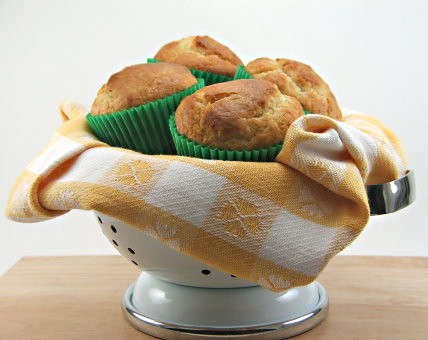Sourdough Bread Baking
My first try to use a starter to bake a sourdough bread was Mountaindog's Cherry Pecan Pain au Levain which was so dense and almost unedible. I was sure something was not right with my starter. So I requested MD post some pictures of his levains for me for guidance, which he did with nice illustrations. I followed that to feed my starter for over a week and tried to build a levain with bubbles that would match those of MD's and finally I thought my starter was ripe enough to make breads, I tried the Country French Bread (Thom Leonard's), also from MD's blog :
- Log in or register to post comments
- 5 comments
- View post
- bblearner's Blog


